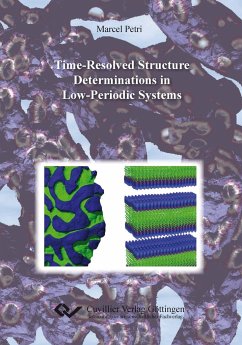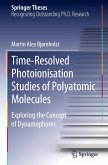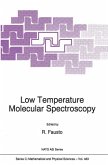Molecular self-assembly has given rise to a multitude of low periodic structures and therefore has attracted considerable interest in science and technology. Knowledge about self-assembly processes is indispensable for soft matter manipulation and the creation of novel nano-structured compounds. During the last decades, nano-technology became an integral part of many technical processes and products encountered in everyday life. It is considered as one of the key technologies [1] to cope with future tasks in health care and environmental protection. In order to image and characterize matter at the nano-scale a multitude of techniques have been developed. Given the fact that conventional far field microscopy is diffraction limited, structures smaller than 200 nm can not be resolved. This restriction can be overcome by using probes with wavelengths which are shorter than visible light. Next to electrons which account for the resolving power of electron microscopes, X-rays and neutrons are employed to gain invaluable insight into the dynamics and composition of matter. In tomographic applications they penetrate the specimen, and magnified sectional images of the object can be created. X-ray diffraction allows to obtain structural information with a resolution better than 2 A provided that the growth of highly purified crystals is possible. Unfortunately, so far many substances have resisted all crystallization attempts or changed their physico-chemical properties as in the case of soft matter. Small angle X-ray scattering (SAXS) is complementary to X-ray diffraction and constitutes one of the most valuable techniques for a characterization of chemical assemblies like micelles, colloids, and gels. Furthermore, it does not require single crystals and allows probing heterogeneous solutions containing a structural ensemble. In this thesis, SAXS has been utilized to pursue three different scientific questions which concern low-periodic structures ranging from microemulsions via proteinaceous hydrogels to ß-barrel proteins.
Hinweis: Dieser Artikel kann nur an eine deutsche Lieferadresse ausgeliefert werden.
Hinweis: Dieser Artikel kann nur an eine deutsche Lieferadresse ausgeliefert werden.








